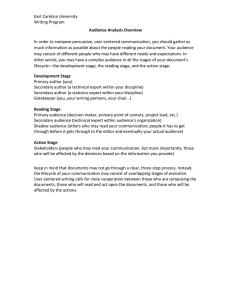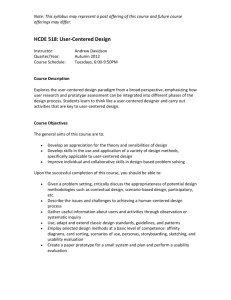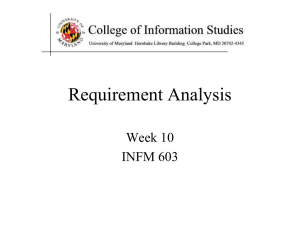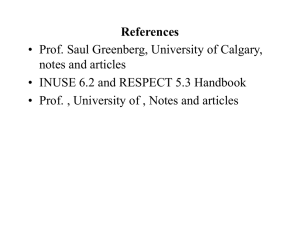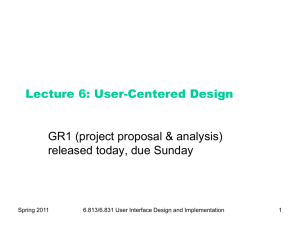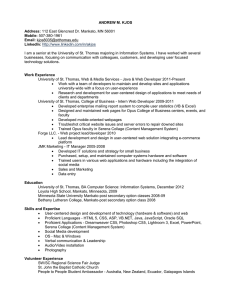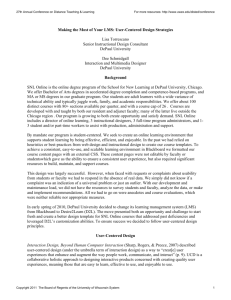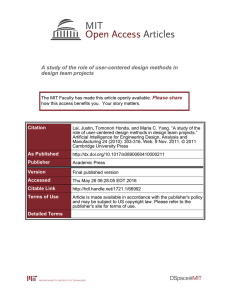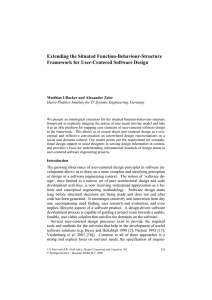Pagulayan, R. J., Keeker, K., Wixon, D., Romero, R. L., & Fuller, T
advertisement
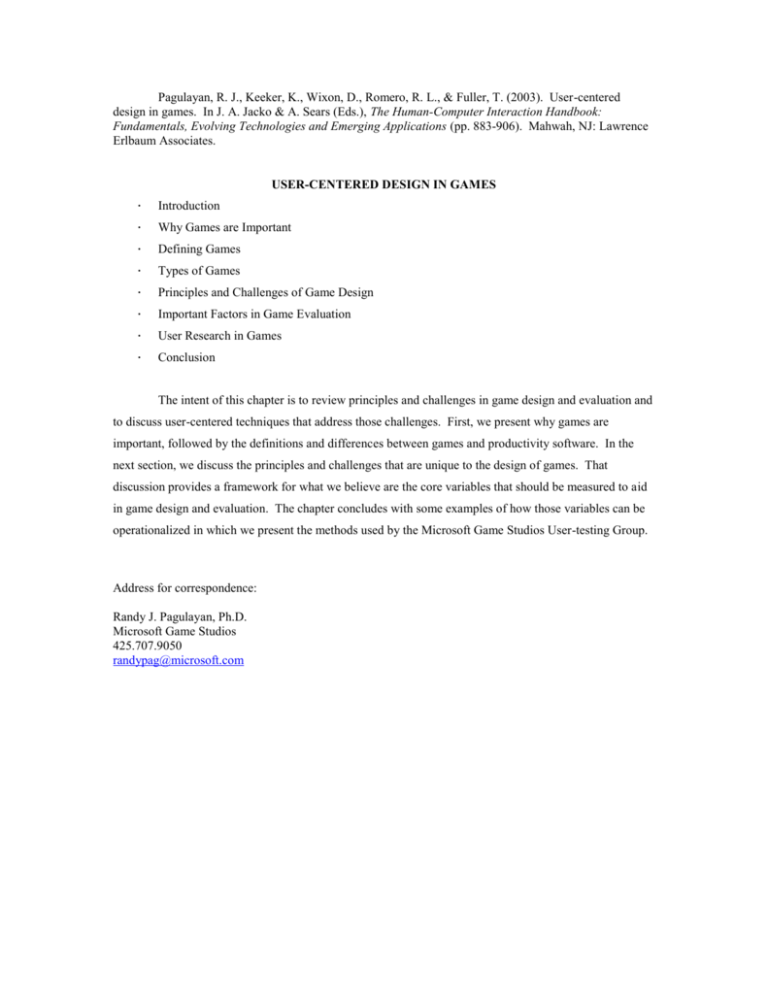
Pagulayan, R. J., Keeker, K., Wixon, D., Romero, R. L., & Fuller, T. (2003). User-centered design in games. In J. A. Jacko & A. Sears (Eds.), The Human-Computer Interaction Handbook: Fundamentals, Evolving Technologies and Emerging Applications (pp. 883-906). Mahwah, NJ: Lawrence Erlbaum Associates. USER-CENTERED DESIGN IN GAMES · Introduction · Why Games are Important · Defining Games · Types of Games · Principles and Challenges of Game Design · Important Factors in Game Evaluation · User Research in Games · Conclusion The intent of this chapter is to review principles and challenges in game design and evaluation and to discuss user-centered techniques that address those challenges. First, we present why games are important, followed by the definitions and differences between games and productivity software. In the next section, we discuss the principles and challenges that are unique to the design of games. That discussion provides a framework for what we believe are the core variables that should be measured to aid in game design and evaluation. The chapter concludes with some examples of how those variables can be operationalized in which we present the methods used by the Microsoft Game Studios User-testing Group. Address for correspondence: Randy J. Pagulayan, Ph.D. Microsoft Game Studios 425.707.9050 randypag@microsoft.com
